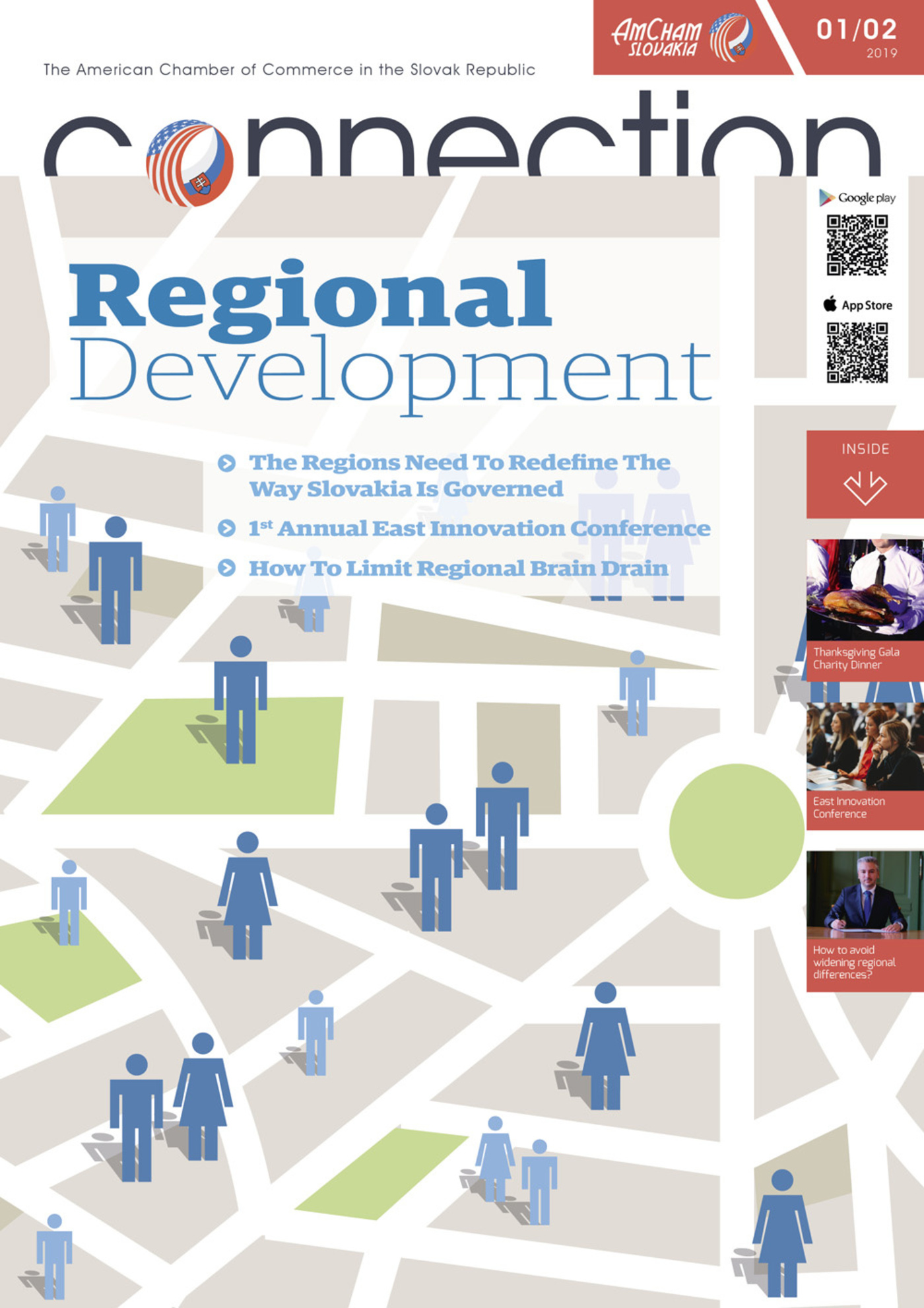A brain drain or the human capital flight, has a negative impact on countries in many aspects. Whether it is the “wasted” investment of time and finances into certain individuals that cross the border for better living or working conditions, or simply the loss of young talents that could make a positive change. This loss is notable in all aspects of life in local cities.
Slovakia is fighting such brain drain battles on several levels: global and local. Many regions that are birthplaces of brilliant minds and skilful experts are suffering from an insufficient qualified workforce, mostly in terms of education and experience. This workforce is leaving for better conditions to the capital Bratislava or abroad.
Data provided by the Slovak telecom operators shows that weekly almost 7 000 people migrate from Piešťany and the surrounding area to Bratislava because of work. Of course, this number does not represent the actual state of migration mainly because of lack of coverage.
But migration for work on a daily or weekly basis does not reflect the actual problem. According to various surveys, as many as 200 000 people without a permanent residence in Bratislava currently live in the city. Their permanent residences are mainly in the east and south regions of Slovakia, sometimes referred to as “hunger valleys” due to a lack of jobs and the statistically highest unemployment rates in the country. It is downright logical for highly trained individuals from these regions to seize the opportunity and move in search of better conditions to provide not just for themselves but in many cases also for their entire families.
This results in another negative effect of the brain drain which is the overpopulating of a specific area. Not only in the case of Slovakia is it mainly the capital city which provides the most opportunities.
Companies can make the change
One could argue if the model that Google applies at its talent-acquiring centers and campuses for employees is beneficial for every side involved. But only to the point where local residents are not taken into consideration. Gentrification is another piece of the puzzle that fits right into the brain drain phenomenon. In this context, gentrification means moving brain drained highly skilled people with above average income to a specific location, which leads to an organic rise in prices that affects the local residents via, for example, the housing market.
The requirements and expectations of young adults from the generation Y seem to be running against the actual migration trends.. Millennials tend to seek job opportunities that don’t bind them to an office and specific working hours. They also consider a short distance of commuting as one of the benefits a company can provide.
Some local companies, such as VGD with offices in both Piešťany and Bratislava, decided to fight such brain drain with a different approach than Google. Their brain-drain-fighting journey started because of their two branches. Instead of concentrating everything in one location and risking losing the talented people of the other location, local companies can decide to take advantage of being also outside of the capital. Being present also in a different location than their competitors (thus avoiding an expensive struggle for talent) and offering short distance of commuting, they can try to reap the benefits from a reverse brain drain.
Ambitious projects in small cities
However, what is usually missing in such local cities is a working environment suitable for the experts with tendencies to migrate. Innovative projects which could attract young minds are simply not available, resulting in the fact that such local companies are forced to reject many promising candidates simply because they can’t provide the creative working space they are looking for.
One such creative location can now be found in the project Floreát Ideapark in Piešťany. Created to fulfil the need of a local company, the project grew into a larger hub with spaces for other companies, a co-working space, shared meeting rooms, a local canteen and many other features. To attract local millennials, the project offers quality services and doesn’t omit important details. These aspects could catch the attention of companies, freelancers and creative workers, who are considering moving to a local environment from a bigger city or state. A move like this offers a chance to avoid the daily commuting, avoid living in an overcrowded space and be closer to what is dearest to them: their family.
Building creative spaces closer to brain drained regions could have a positive impact
The potential of the capital of Slovakia, Bratislava, is nearing its limits, mostly because of the traffic situation. You can feel it mainly when commuting to the city or driving through it. Demand for business spaces also affects prices. From a business point of view, in terms of competition, Bratislava is oversaturated.
Projects like Floreát show great promise in regions that call for experts in different fields and the creative industry. Bringing a bigger chunk of the business culture into the cultural and historical city of Piešťany could attract local residents, young experts and advanced trained workforce, who would otherwise seek work opportunities in other cities and thus contribute to the brain drain phenomenon. This promises benefits to both the local companies (attract those bright brains for an affordable salary) and the local community (as they bring a new vibe).
Bart Waterloos, Partner, VGD Slovakia



Follow us